How to Find Backcountry Campsites Near Prime Fishing Rivers
Nestled along the banks of pristine rivers are some of the most rewarding camping experiences a fishing enthusiast can discover. Finding these hidden gems—backcountry campsites with direct access to trophy fishing waters—requires preparation, knowledge, and sometimes a spirit of adventure. Unlike developed campgrounds with amenities and reservations, backcountry sites offer solitude, authenticity, and often, the best access to unpressured fishing spots. This guide will walk you through everything you need to know to locate, evaluate, and responsibly enjoy backcountry campsites that put you right where the fish are biting.
Understanding Backcountry Camping Regulations

Before embarking on your fishing and camping adventure, it’s crucial to understand the regulations governing backcountry camping in your chosen area. Different jurisdictions—whether national forests, wilderness areas, state lands, or private property—maintain distinct rules about where camping is permitted. Some rivers require permits for overnight stays, while others operate on a first-come, first-served basis with specific regulations about campsite selection. Others might enforce seasonal restrictions to protect wildlife during spawning or nesting periods. Always check with the local land management agency, such as the U.S. Forest Service, Bureau of Land Management, or state wildlife departments, to ensure you’re camping legally and responsibly.
Essential Maps and Navigation Tools
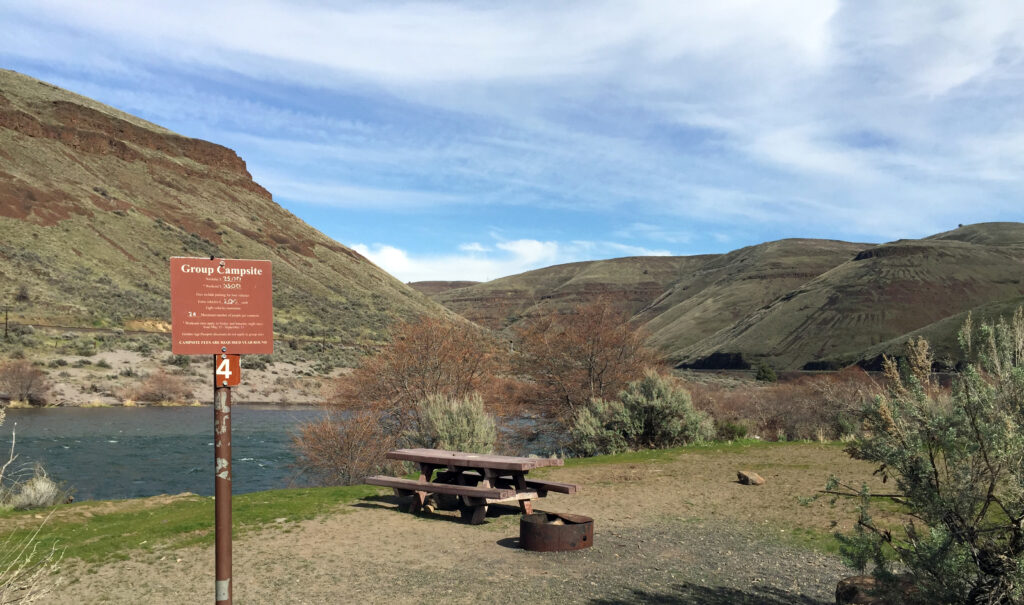
Successful backcountry camping near prime fishing spots begins with excellent navigation resources. Topographic maps, river guides, and GPS devices are indispensable tools for locating potential campsites near fishable water. Many anglers prefer paper maps with waterproof cases as backup, even when using digital tools, since technology can fail in remote areas. Specialized river maps often mark access points, rapids, and sometimes even established primitive campsites along waterways. Smartphone apps like onX, Gaia GPS, and Avenza Maps allow you to download detailed maps for offline use and can show property boundaries to ensure you’re camping on public land. Consulting with local fishing shops can also yield hand-drawn maps with invaluable local knowledge not found in commercial products.
Researching River Systems in Advance
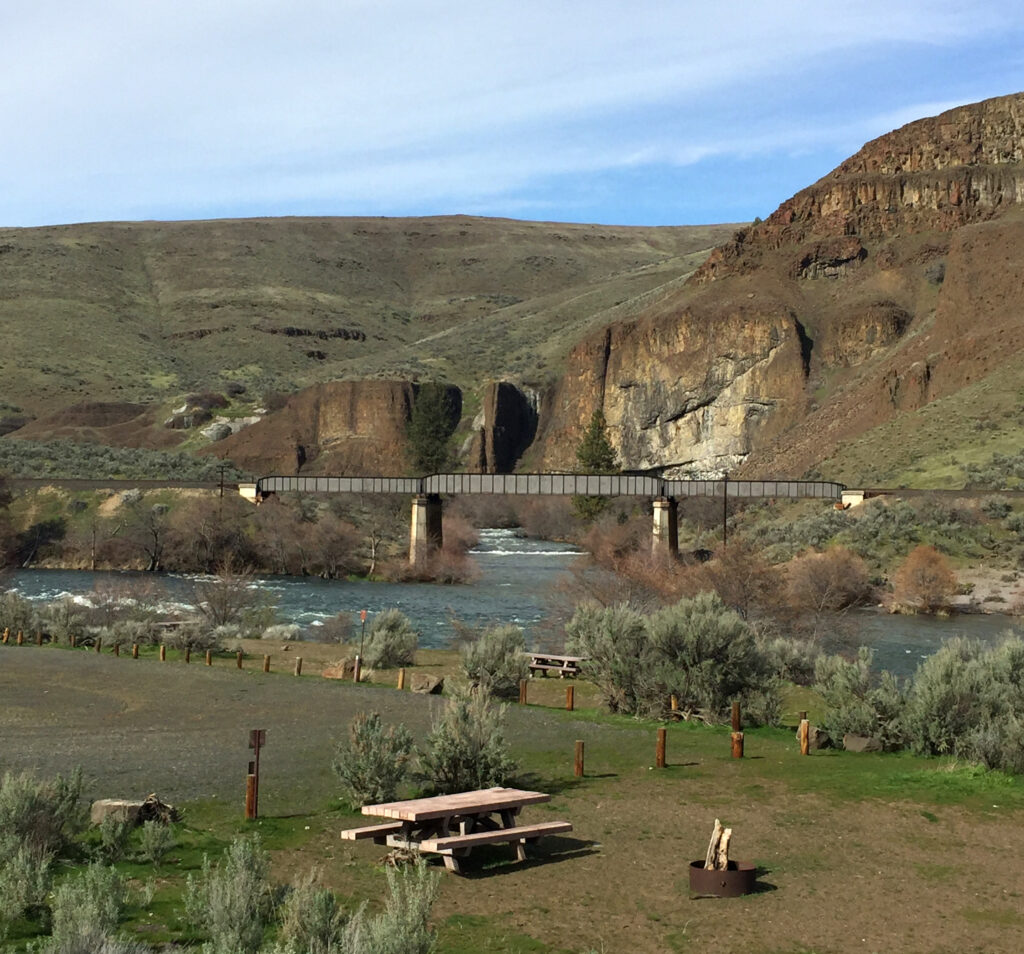
Thorough research about your target river system dramatically increases your chances of finding ideal camping spots near productive fishing waters. Study the river’s flow patterns, seasonal fish movements, and known productive stretches before your trip. State fisheries websites often publish reports on fish populations, stocking schedules, and seasonal fishing conditions that can guide your selection. Online fishing forums and social media groups dedicated to specific watersheds can provide current conditions and sometimes reveal general areas where backcountry camping is feasible. River guidebooks, though sometimes dated, offer comprehensive information about access points, wade fishing opportunities, and potential camping areas—many written by local experts who have spent decades exploring these waters.
Satellite Imagery Reconnaissance

Modern technology has revolutionized how anglers locate potential backcountry campsites through detailed satellite imagery available online. Platforms like Google Earth and similar services allow you to virtually scout river corridors, identifying flat areas near the water that might serve as natural campsites. Look for clearings in forest cover, sandbar formations, or elevated benches alongside the river that would provide safe, flat ground for camping. The historical imagery feature lets you see how these areas appear during different seasons and water levels, helping you avoid spots that might flood during high water. Pay particular attention to river bends, tributaries, and wider sections of the river corridor where flatter ground is more likely to exist alongside prime fishing locations.
Water Access Considerations

When selecting a backcountry campsite near a fishing river, carefully consider how you’ll access the water throughout your stay. Ideal sites offer easy, safe paths to the river without requiring dangerous scrambles down steep banks or across unstable terrain. Look for gradual slopes or natural game trails that provide straightforward routes between your tent and the water. For boat-based fishing trips, prioritize sites with natural landing areas where you can safely secure your watercraft overnight and easily launch each morning. Remember that river levels can fluctuate significantly, especially in dam-controlled watersheds or during storm events, so position your camp high enough to remain safe if water rises unexpectedly during your stay.
Safety and Terrain Evaluation

Safety should be your primary concern when selecting a backcountry campsite near a fishing river. Avoid locations directly under dead trees or “widowmakers” that could fall during wind events. Stay clear of flash flood zones, particularly in narrow canyons or areas with evidence of previous high water. Look for slightly elevated ground that provides natural drainage during rainfall while remaining reasonably flat for comfortable sleeping. Rocky outcroppings or steep slopes immediately above potential sites might pose rockfall hazards in certain geological formations. Always consider your emergency evacuation route should weather turn dangerous or medical situations arise—cell service is often nonexistent in prime fishing backcountry, so self-reliance is essential.
Consulting Local Fishing Guides
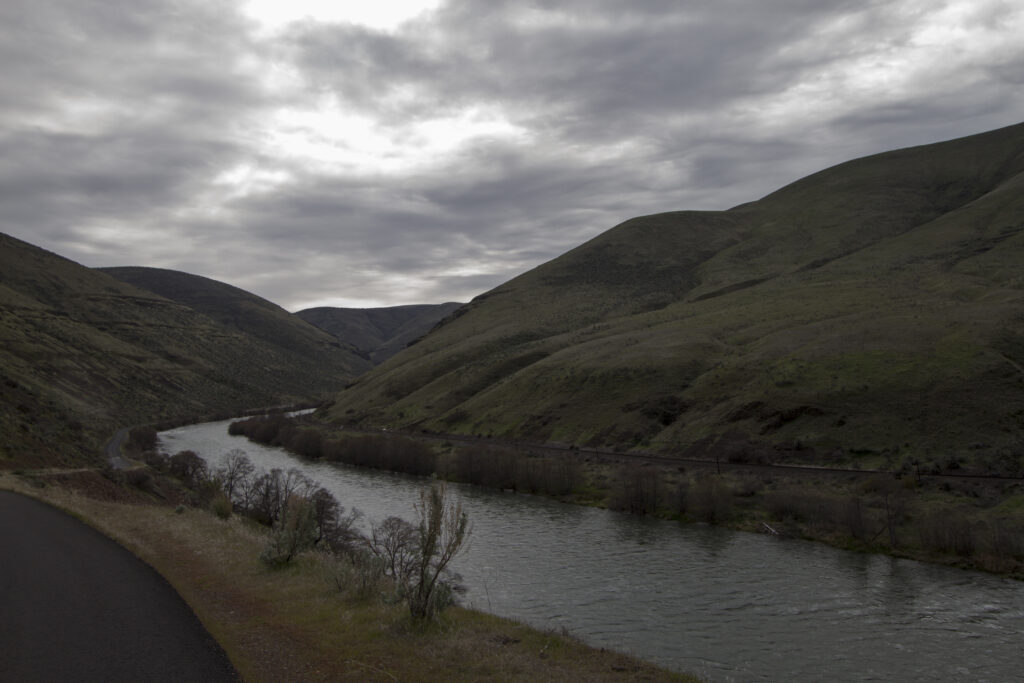
Professional fishing guides represent an underutilized resource for locating exceptional backcountry campsites along productive fishing rivers. While they may not reveal their most treasured client spots, many guides are willing to share general information about areas where camping is feasible and fishing is worthwhile, especially during off-seasons or on less-pressured stretches of water. Consider booking a guided day trip at the beginning of your adventure, using the opportunity to gain valuable local knowledge before venturing further into the backcountry on your own. Some guides even offer multi-day float trips with backcountry camping included, providing an educational introduction to remote river camping while putting you on fish.
Identifying Prime Fishing Habitat

Understanding fish behavior and habitat preferences will help you select campsites near the most productive fishing water. Look for river sections featuring diverse structure—deep pools, riffles, undercut banks, or boulder gardens that create the habitat complexity fish need. Confluences where tributaries enter the main river often create prime fishing opportunities and may offer suitable camping terrain on the inside bends. Areas with natural “seams” where fast and slow currents meet tend to concentrate feeding fish throughout the day. Morning and evening hatches often occur in specific river sections, so positioning your camp within easy walking distance of these zones allows you to maximize prime fishing times without long hikes in the dark.
Seasonal Timing Strategies

The ideal backcountry campsite location can vary dramatically depending on the season and corresponding fishing conditions. Spring camping often requires higher elevation sites to avoid snowmelt flooding, while providing access to hungry post-winter fish. Summer might direct you to campsites near deeper, cooler pools where fish concentrate during hot weather, preferably with afternoon shade for your camp. Fall backcountry camping can be spectacular as spawning runs begin in many river systems, but requires careful site selection to avoid disrupting spawning beds. Winter camping, though challenging, puts you on rivers when pressure is minimal, but demands sites with southern exposure for solar warming and protection from prevailing winds.
Leave No Trace Principles
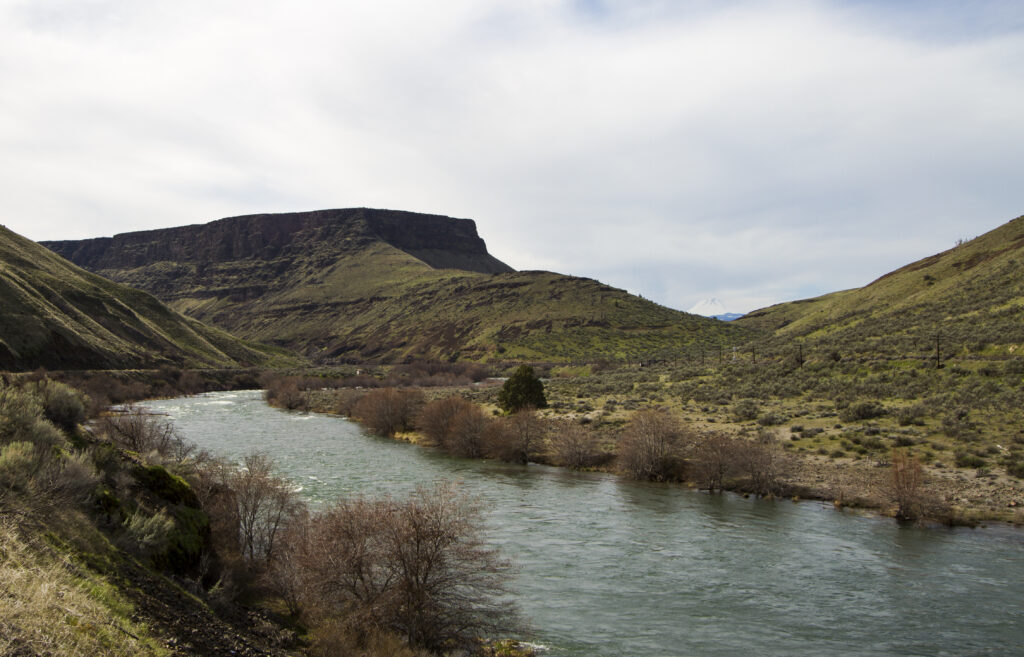
Responsible backcountry camping near fishing rivers requires strict adherence to Leave No Trace principles to preserve these pristine environments. Camp at least 200 feet from the water’s edge to protect riparian zones and prevent contamination of the watershed. Use existing fire rings where permitted and legal, or better yet, carry a lightweight backpacking stove for cooking. Pack out absolutely everything you bring in, including used fishing line, which can be deadly to wildlife and aquatic organisms. Properly dispose of human waste by digging catholes at least 6-8 inches deep and 200 feet from water sources, or use a portable waste disposal system on heavily-used rivers where land managers require them.
Equipment Considerations for Fishing Camps
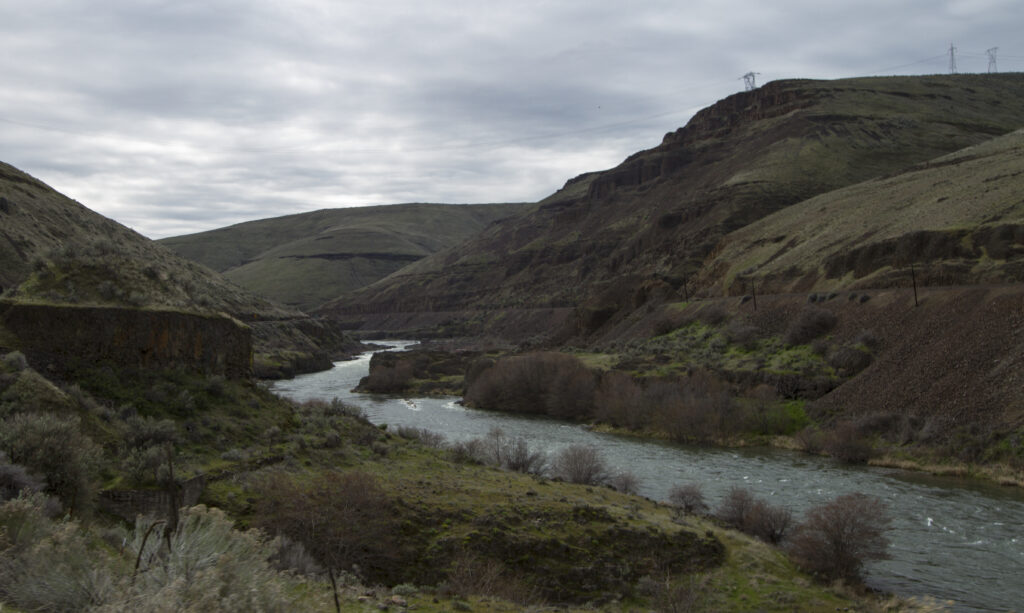
Backcountry fishing camps require specialized gear considerations beyond standard backpacking equipment. A lightweight, packable landing net with rubber mesh prevents damage to fish and makes release easier when fishing from shore. Bear-resistant food storage is essential in many fishing destinations, as fish remains are powerful attractants for bears and other wildlife. Consider bringing a collapsible five-gallon bucket for transporting water from the river to your campsite for filtering, washing, or extinguishing campfires. Packable waders or wet wading gear appropriate for the season ensure comfort during extended fishing sessions far from civilization. Solar chargers maintain power for GPS devices, headlamps, and emergency communication tools during multi-day fishing adventures.
Building a Personal Database
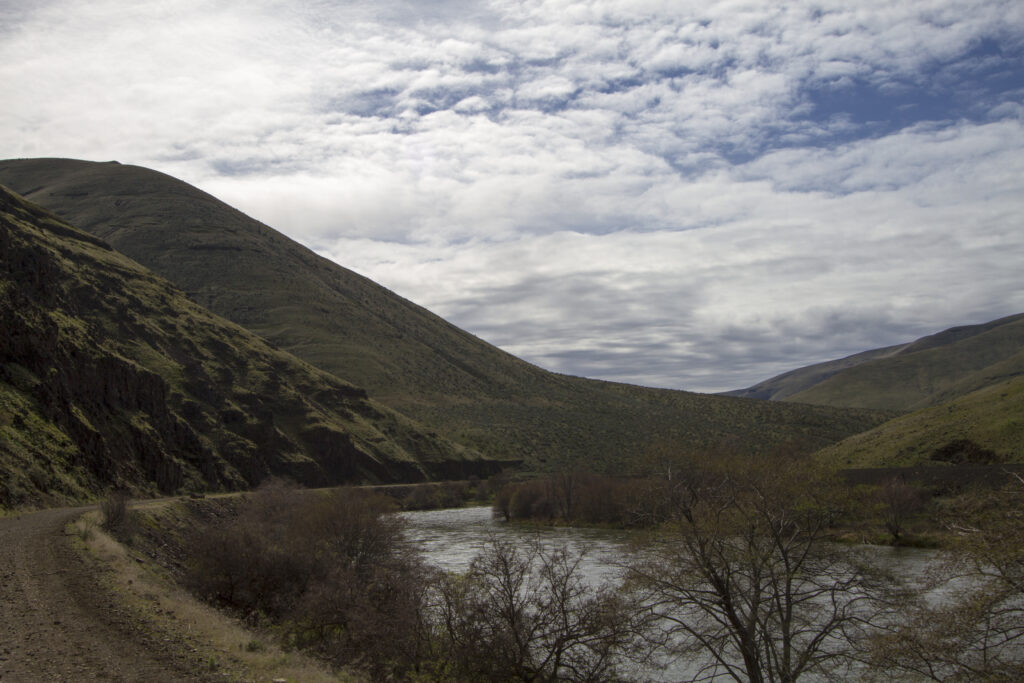
Serious backcountry anglers develop personal databases of exceptional campsites near productive fishing waters over time. Keep detailed notes about each campsite you discover, including GPS coordinates, best fishing spots within walking distance, and seasonal considerations. Photograph your campsites and the surrounding terrain for future reference, noting landmarks that help identify the location even if GPS fails. Track water levels during your stay and note how they affected fishing success to better plan future trips. This growing personal resource becomes increasingly valuable over the years, allowing you to revisit proven locations while continuing to explore new water—the true joy of backcountry fishing adventures.
Community Resources and Online Forums
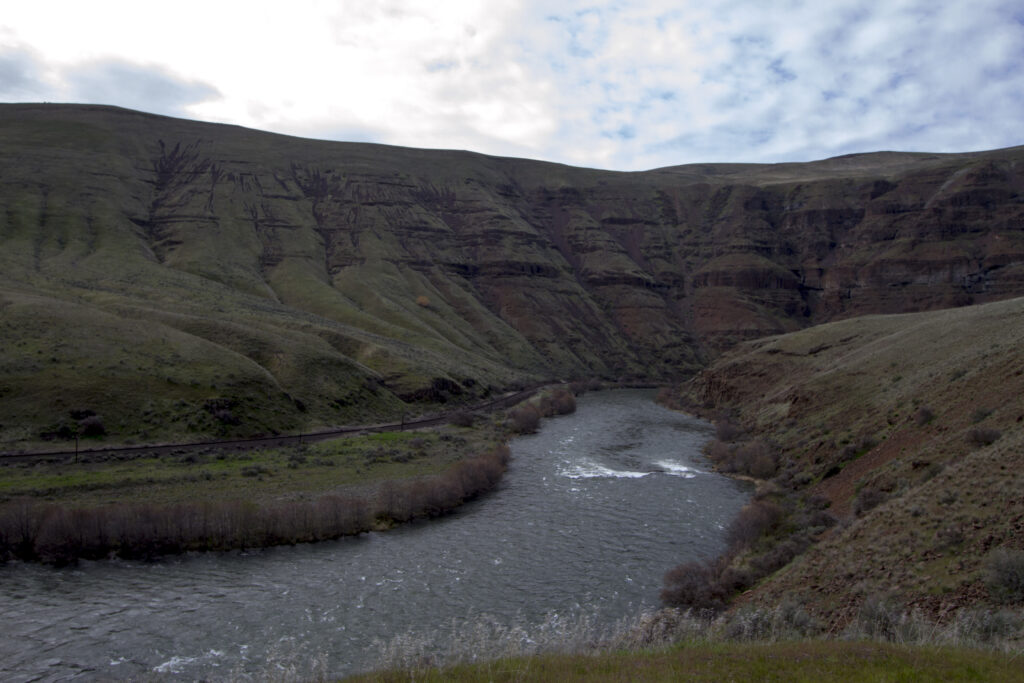
While the most treasured backcountry fishing camps remain closely guarded secrets, numerous online communities provide valuable starting points for your exploration. Websites like WildTrout.org, regional fishing forums, and backpacking communities often contain trip reports with general information about river corridors suitable for combined fishing and camping adventures. Social media groups dedicated to specific watersheds or fishing regions frequently discuss access points and camping regulations, though rarely exact locations. Conservation organizations like Trout Unlimited or Backcountry Hunters and Anglers sometimes organize group trips that introduce members to backcountry fishing opportunities, providing educated starting points for your outdoor explorations.
Creating a Personal Logbook of Hidden Fishing Gems
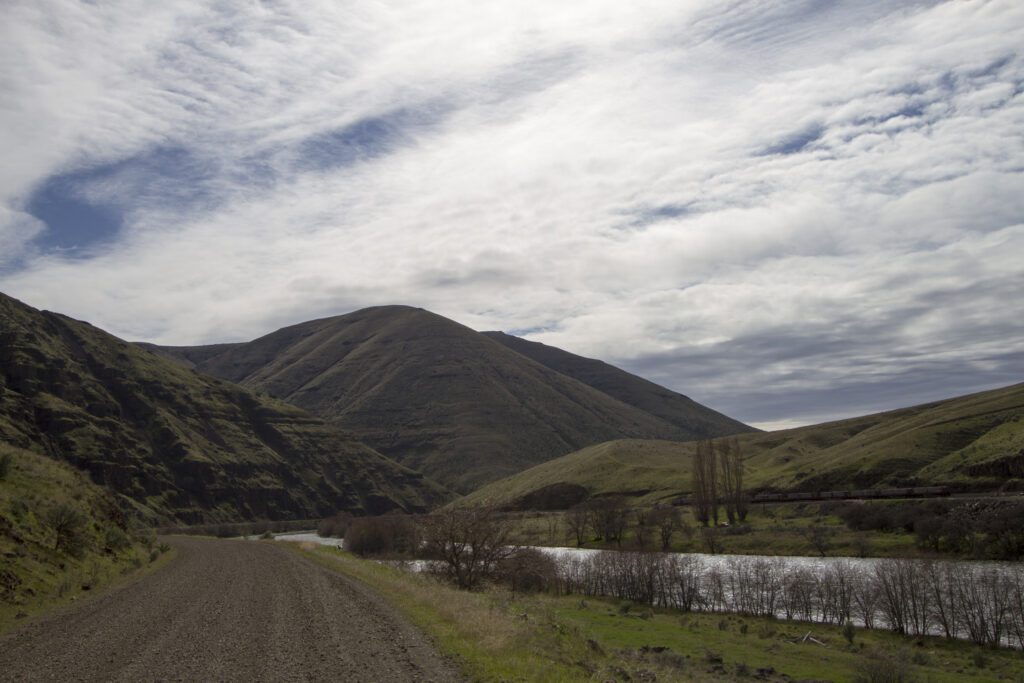
Discovering the perfect backcountry campsite along a productive fishing river represents one of angling’s most satisfying achievements—a personal discovery that combines outdoor skills with fishing knowledge. The journey requires research, preparation, and respect for the natural environment, but rewards you with unparalleled fishing access and wilderness experiences increasingly rare in our connected world. As you develop your network of special places along flowing waters, remember that the true value lies not just in the fish caught but in the self-reliance, solitude, and connection to natural rhythms these experiences provide. Each backcountry fishing camp becomes part of your angling legacy—places to return to year after year, perhaps someday sharing them with the next generation of wilderness anglers.
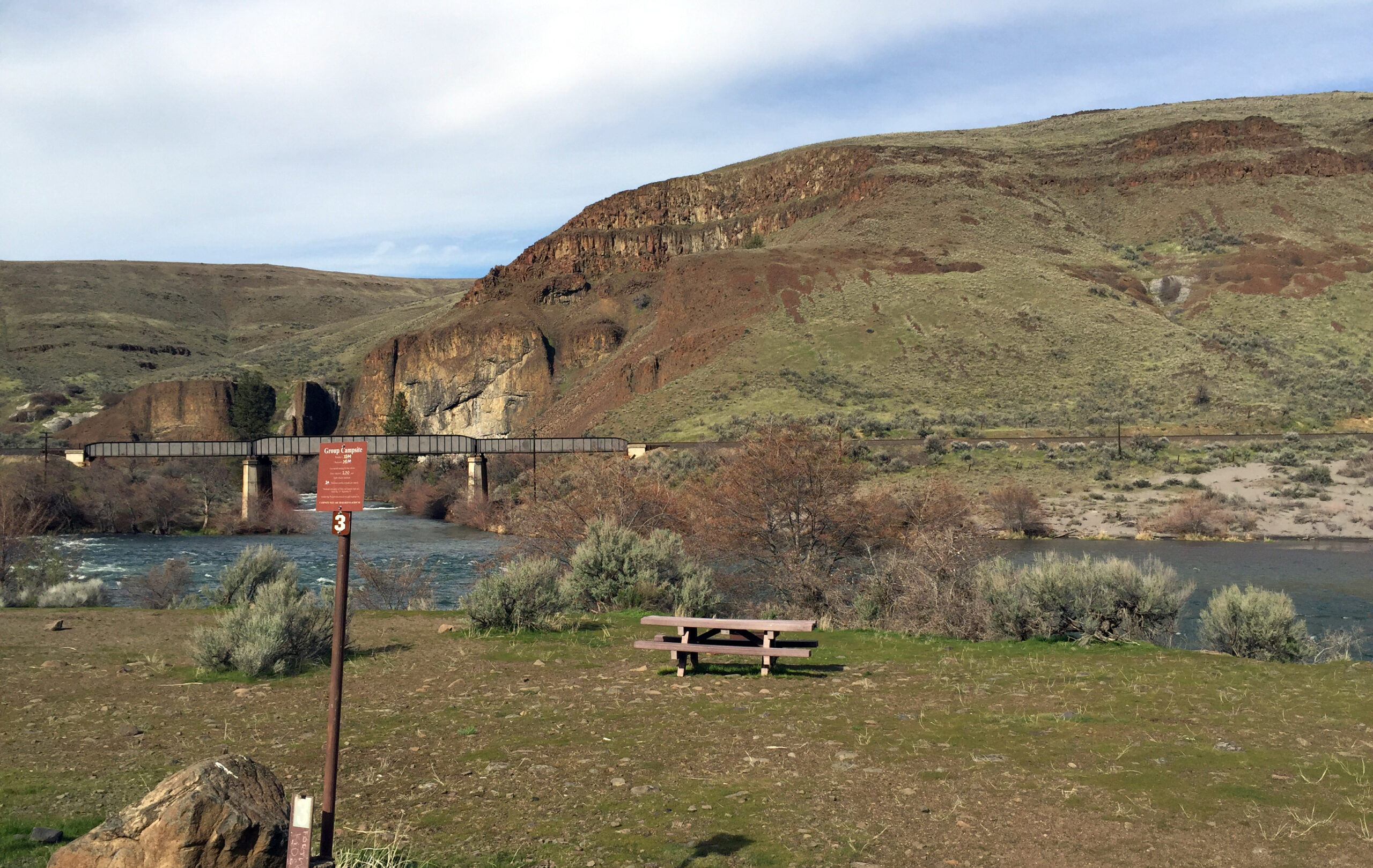

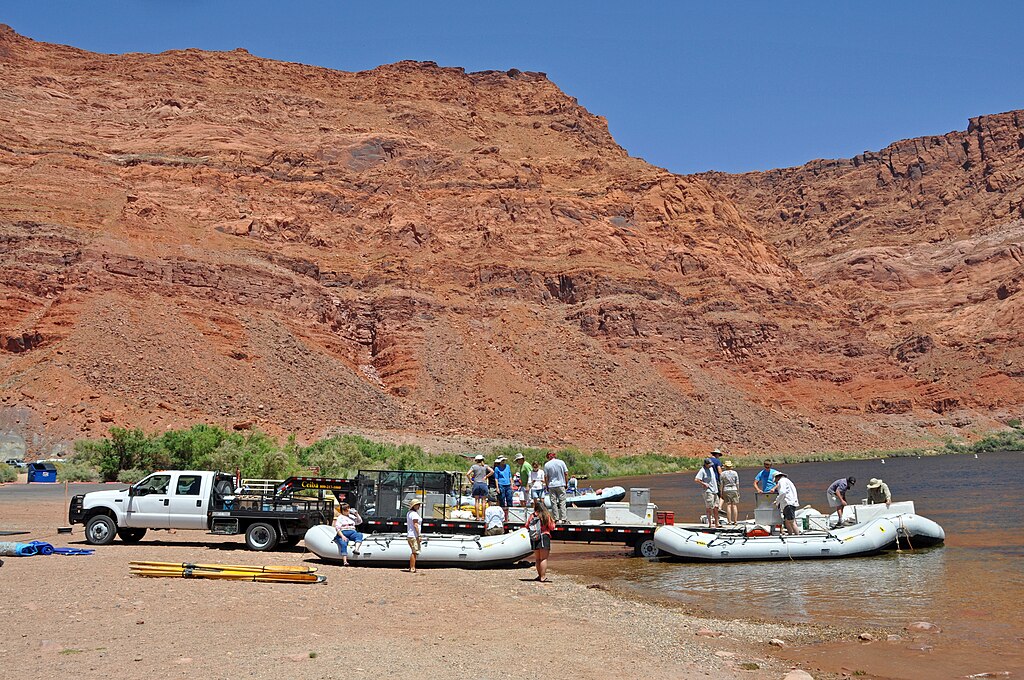











Post Comment